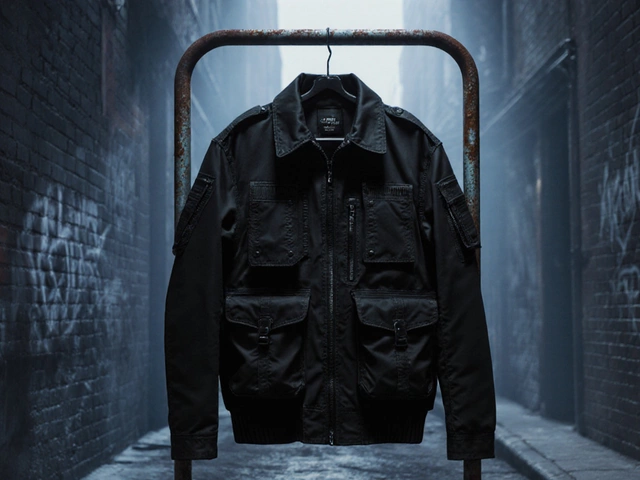Buy a Suit: Simple Steps to Find the Right One
Thinking about buying a suit but not sure where to start? You’re not alone. Most people feel overwhelmed by choices, price tags, and fit questions. This guide breaks everything down into bite‑size steps so you can walk out of the shop feeling confident.
Know Your Budget and Style
First, set a realistic budget. A decent off‑the‑rack suit can run $200‑$500, while a bespoke piece often costs $1,000 or more. Decide how much you’re willing to spend and stick to it—this prevents impulse buys that don’t last.
Next, think about the occasions you’ll wear the suit. A classic navy or charcoal works for most events, from work meetings to weddings. If you need something special, consider a patterned or lighter colour, but keep the main wardrobe basics solid.
Don’t forget the accessories. A good shirt, tie, and shoes can lift a cheap suit, while cheap accessories will drag down an expensive one. Look for sales on shirts and ties; they’re easy to replace and don’t affect the suit’s core quality.
Get the Right Fit and Fabric
The fit is everything. A well‑fitted jacket should hug your shoulders, button without pulling, and have sleeves that show about a quarter inch of shirt cuff. Pants should sit at your waist without a belt in the front and have a slight break at the shoe.
If you’re not confident measuring yourself, ask a store associate to take your measurements. Most reputable shops will do this for free. Write down the numbers—especially chest, waist, and inseam—so you can compare them across brands.
Fabric matters for comfort and durability. Wool is the go‑to for year‑round wear; it breathes, drapes well, and resists wrinkles. For hot weather, look for a lightweight cotton or linen blend. Avoid cheap polyester blends that feel stiff and show wear quickly.
Once you have a suit that fits, get it tailored. A small adjustment—like shortening sleeves or taking in the waist—can turn a “nice” suit into a “perfect” one. Tailors usually charge $20‑$50 per hour, a tiny price for a big style boost.
Finally, care for your suit to extend its life. Hang it on a wide wooden hanger, brush off dust after each wear, and dry‑clean only when necessary. Spot‑clean stains with a damp cloth to avoid over‑cleaning.
Now you have a clear roadmap: set a budget, pick a versatile style, focus on fit and fabric, and finish with a quick tailor visit. Follow these steps and you’ll walk away with a suit that looks sharp, feels comfortable, and lasts for years.

How Much Should I Spend on a Quality Men's Suit?
Buying a good suit involves considering factors like fabric quality, craftsmanship, brand reputation, and personal needs. Prices vary widely, from budget-friendly to luxury options, impacting style, durability, and comfort. This guide walks you through understanding what influences suit prices and how to get the best value for your money. Learn tips on balancing quality and cost for different occasions.




